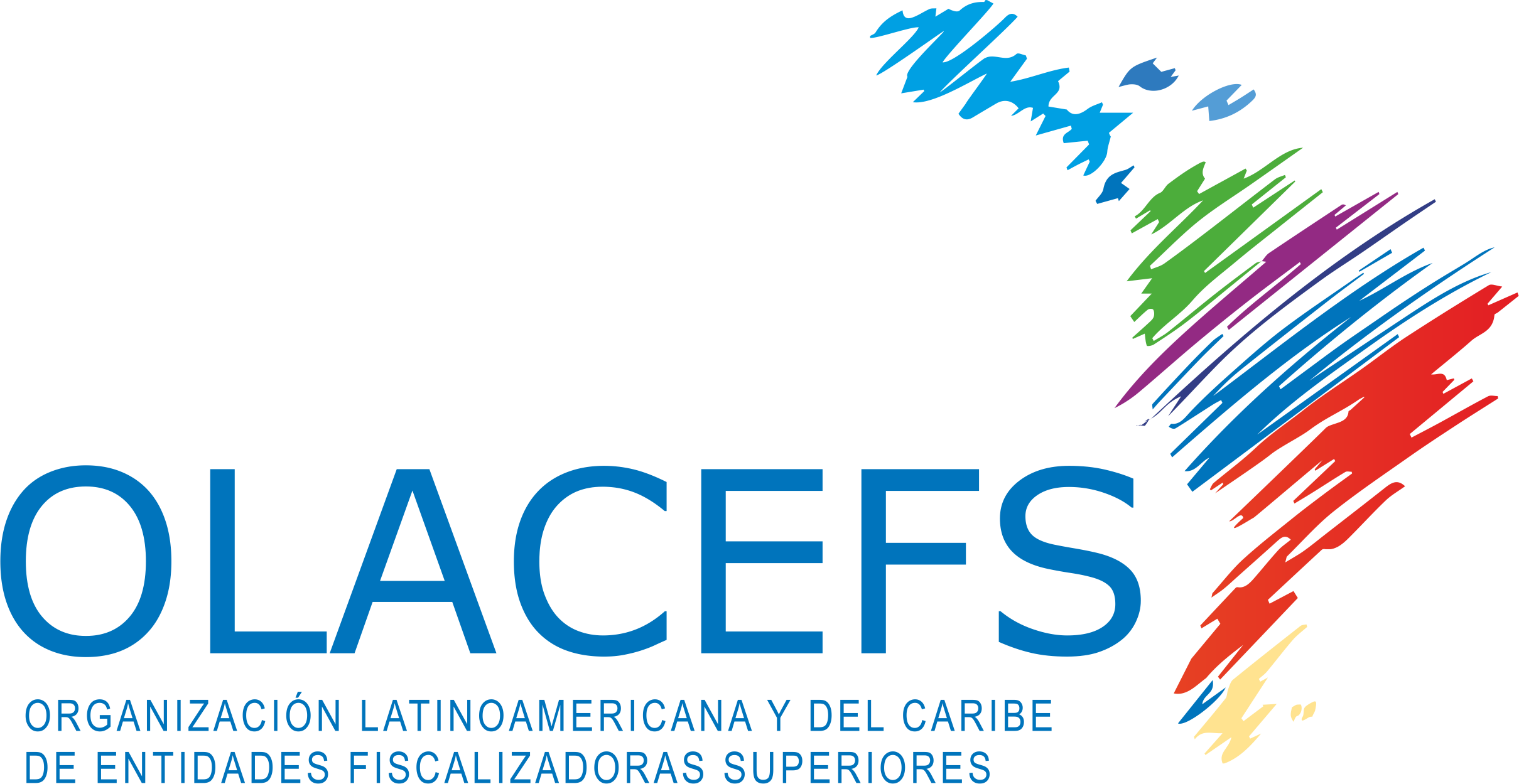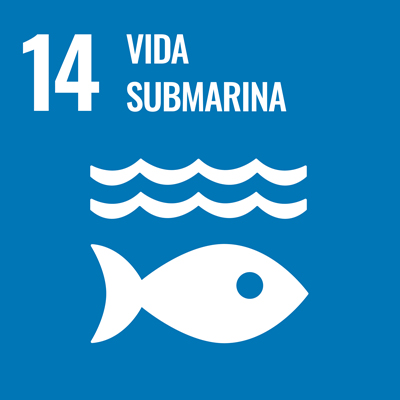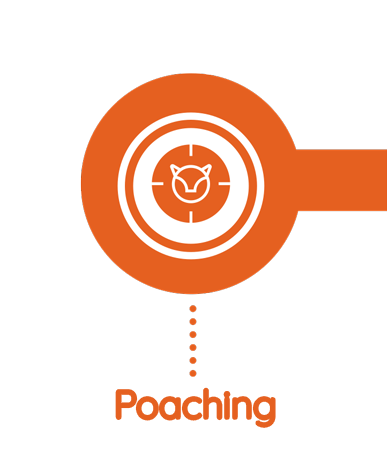¡HELP US FIGHT CORRUPTION IN THE TRAFFICKING OF SPECIES OF FLORA AND FAUNA!
The fight against corruption through the audit of the use of public resources and the fulfillment of the objectives of the States is one of the main tasks of the Supreme Audit Institutions (SAI).
Therefore, we invite you to carry out this consultation on the problems and solutions for the prevention of corruption in the illicit trafficking of flora and fauna. With your help we will create the Regional Action Plan for the Prevention of Corruption in the Illicit Trafficking of Species.
Regional Plan

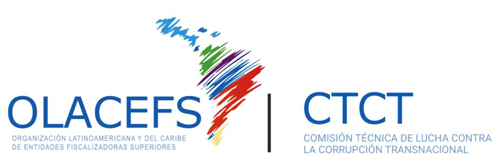
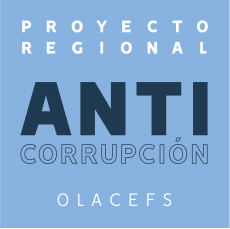

Public resources are used by the States to meet various development goals, so their misuse is detrimental to all of us, including nature.
The public auditing carried out by Supreme Audit Institutions contributes to the fulfillment of the SDGs of the 2030 Agenda. Including goals 14 and 15 that seek to protect the harmony of our natural habitat.
The world’s oceans (their temperature, chemistry, currents and life) drive the global systems that make the Earth habitable for humans.
Precipitation, drinking water, climate, weather, coastlines, much of the food and even the oxygen in the air we breathe are provided and regulated by the sea. Careful management of this essential global resource is a key feature of a sustainable future.
Forests are home to more than 80% of terrestrial species of animals, plants and insects. Between 2010 and 2015, the world lost 3.3 million hectares of forest areas. Rural women depend on common resources and are particularly affected by their depletion.
Latin America is under constant threat to its megabiodiversity, due to wildlife illegal trafficking. Parrots, jaguars, fish, turtles, sharks, flowers, wood, among others, are stolen every day for consumption or as exotic pets. This affects the region’s ecosystem services and the livelihoods of several indigenous communities and operators who make a living from ecotourism activities. In addition, illegal trafficking of flora and fauna increases the risk of contracting zoonotic diseases, which can have dire consequences for human health.
To prevent this problem, States have signed multinational agreements such as CITES and the Convention on Biological Diversity, and Supreme Audit Institutions can verify compliance with these agreements by environmental authorities.
Biodiversity loss – Living Planet Report 1970-2018
The numbers indicate the total loss of biodiversity on each continent. By clicking, you will see a species that is a victim of illegal trafficking in the region.

94%
Latin America and the Caribbean:
- Blue macaw
- Andean bear
- Andean condor
- Three-toed sloth
- Jaguar
- Yellow Lily

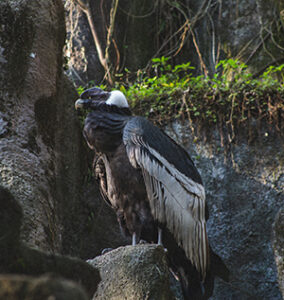
66%
Africa:
- Elephant
- Rhinoceros
- Lion
- Exotic Succulents
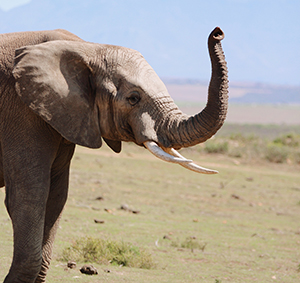
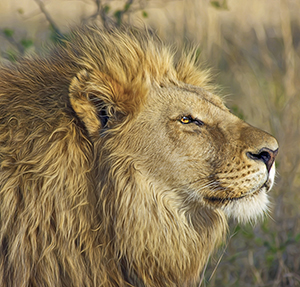
18%
Europe and Central Asia:
- Tiger
- Snow Leopard
- Black bear
- Ferns
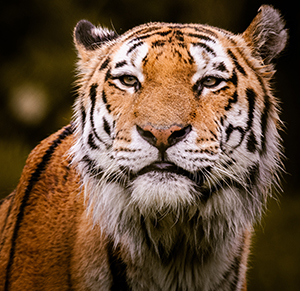
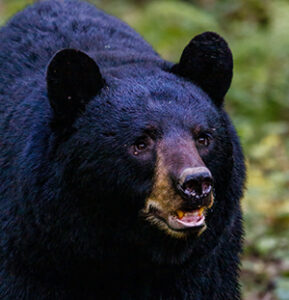
22%
North America:
- Sea otters
- Sea turtle
- Cayman
- Cactus
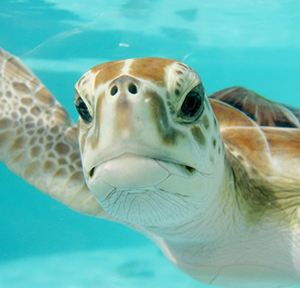
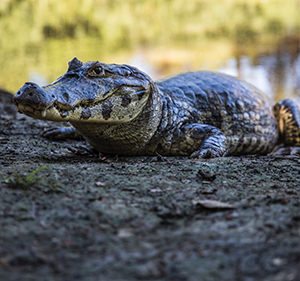
55%
Asia Pacific:
- Pangolin
- Sharks
- Manta rays
- Subterranean orchid
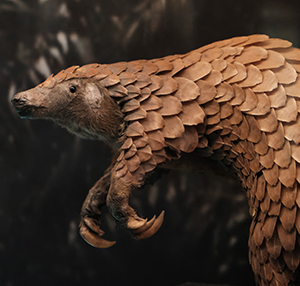
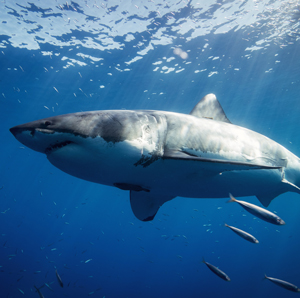
Fuente de información del mapa haz click aquí

94%
América Latina y el Caribe
- Guacamayo azul
- Oso andino
- Condor andino
- Perezoso de tres dedos
- Jaguar
- Azucena Amarilla
66%
África
- Elefante
- Rinoceronte
- León
- Suculentas exóticas
18%
Europa y Asia Central
- Tigre
- Leopardo de las nieves
- Oso negro
- Helechos
22%
Norteamérica
- Nutrias marinas
- Tortuga marina
- Caimán
- Cactus
55%
Asia Pacífico
- Pangolín
- Tiburones
- Mantarrayas
- Orquídea subterránea
Why do we need to strengthen controls to prevent illegal trafficking of flora and fauna?
The illegal transit of flora and fauna involves different actors, both public and private. These actors make a profit in the process, whether it is the payment to the direct exploiter of the resource, or the benefits received by intermediaries, as well as the bribe received by the different officials involved for allowing or omitting acts inherent to their positions. This shows that corruption is immersed in each stage, and can occur in the extraction of the species, its transportation, export and/or sale.
Role of SAIs and areas of work preventing illegal trafficking of flora and fauna
Public institutions have an inescapable role in the prevention of species trafficking, however the responsibilities of SAIs are not the same as those of an environmental authority. In a research carried out together with the German Cooperation, through GIZ, these areas of work that SAIs can address were identified:
In addition to these functions, some SAIs in the region receive and examine sworn declarations, an activity that is carried out by some SAIs in the region.
This verification is relevant to recognize a potential unjustified increase in assets of officials involved in the care of protected areas, customs agents, personnel of the Ministry of Environment in charge of the evaluation of rescued species, among others; which could indicate some link with illegal activities.
